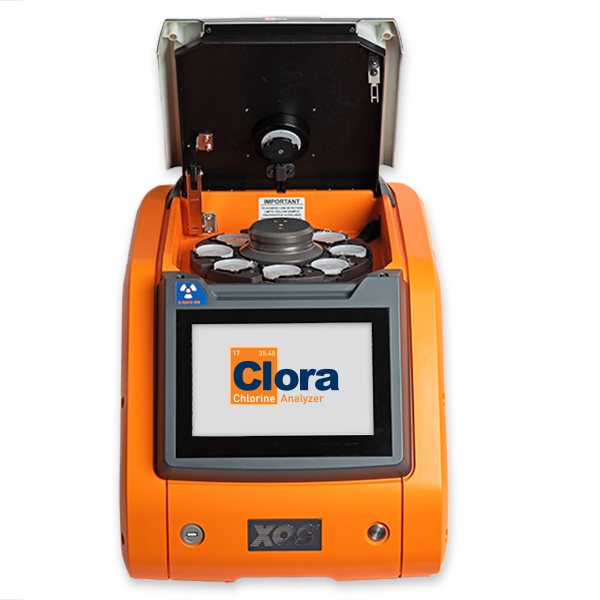- Analyzers
- Optics & Sources
- Technologies
- Support
- About
R Series Enhancements in Calibration and Bracketing
Tiobesta Feleke
R Series Enhancements in Calibration and Bracketing
Tiobesta Feleke
Tiobesta Feleke
XOS analyzers offer a variety of features and capabilities aimed at improving operational efficiency. In addition to producing reliable and user-friendly instruments, we are committed to reviewing our customers’ feedback and taking necessary actions to make our best even better. In response to customer feedback, the capability to turn the bracketing buffer ON or OFF has been added to all R Series analyzers. The initial release included built-in calibration range bracketing, intended to enforce best practices as outlined in various methods (see call-out box); however, after further consideration, we decided to add a new feature to all R Series analyzers, providing users the flexibility to turn the bracketing feature ON or OFF. Additionally, the 4.1.2 patch* incorporates the catalyst feature on Clora R Series and Clora R Series autosamplers only. This document will discuss the features included in the new patch for the R Series instrument, bracketing and its significance in calibration, and R Series calibration.
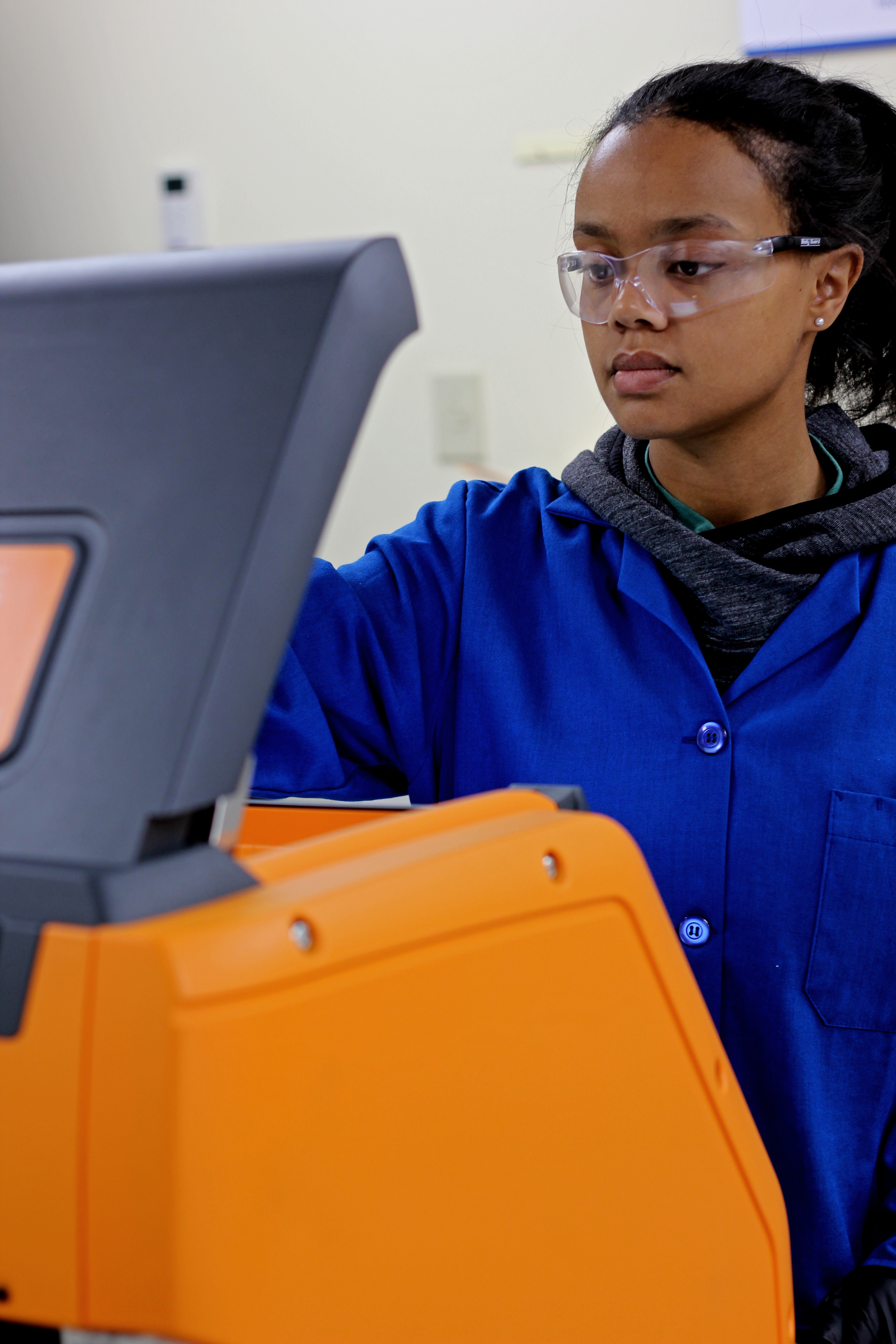
For R Series analyzers, measurement is defined by the upper and lower limits of the calibration with a 15% bracketing limit on measurements. The current R Series software allows reporting within ±15% outside the calibration range. Values outside this range will prompt a warning message (see Figure 1), and the result will not be reported. While bracketing has been implemented on XOS analyzers to close a loophole in the product line, it may increase the effort it takes to identify the correct calibration curve for users measuring process control, batch, or unknown samples, as the expected concentration of these samples may be unknown or incorrect. The 4.1.2 patch gives users more flexibility by providing the option to turn the buffer ON or OFF as needed (see Figure 2). When the buffer is ON, it enforces bracketing with a ±15% buffer outside the calibration range. Outside this buffer, the measurement result is not reported. When the buffer is OFF and the measurement result is outside the calibration range, the analyzer will display a warning message indicating that the result is out of the calibration range (see Figure 1) and will report the result.
To turn the buffer ON or OFF:Go to Settings > Preferences > enable/disable “Save Result Outside Cal Curve” (see Figure 2). When this setting is enabled, it allows the administrator to set the analyzer to show numeric results even if the sample concentration is more than 15% outside of the range of the calibration curve.

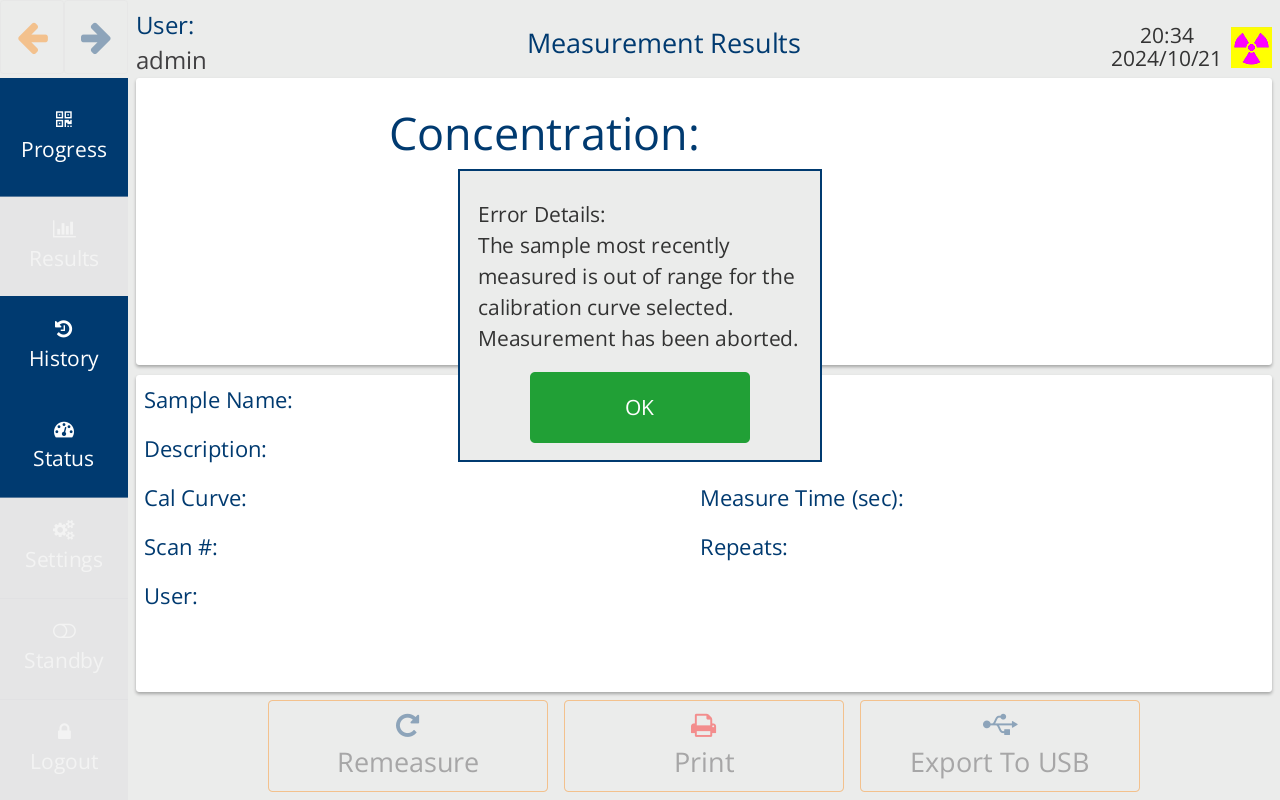
Figure 1: Results out of range with buffer turned ON (top) and OFF (bottom)
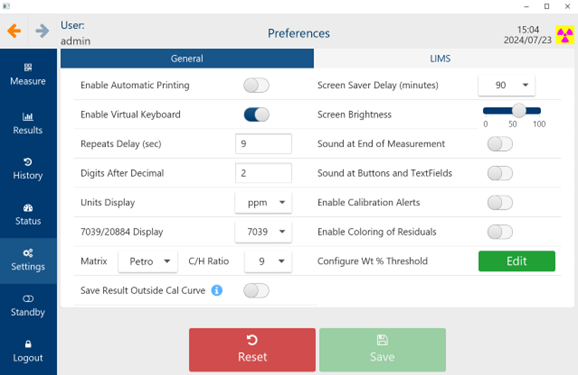
Figure 2: Sindie +Cl Series Preferences Screen
The 4.1.2* patch enables the catalyst feature by allowing users to create a catalyst calibration curve that spans both low and high ranges.1 Note: Even though the catalyst calibration curve spans both high and low ranges, it is listed under the low-range calibration (linear equation) curves due to the linear response of chlorine in catalyst samples even at percent-level concentrations. Whereas high range on R Series is a quadratic equation due to the response of increasing concentration in liquid samples.
To enable the catalyst feature on Clora R Series: On the Measure Screen, select ≤ 50000 ppm under the dropdown menu for Range (see Figure 3). This will display the calibration curves available for catalysts. Then, proceed with setting up a measurement as usual (for details on how to set up a measurement on the R Series instrument, email apps@xos.com to get a copy of the R Series FAQ doc).
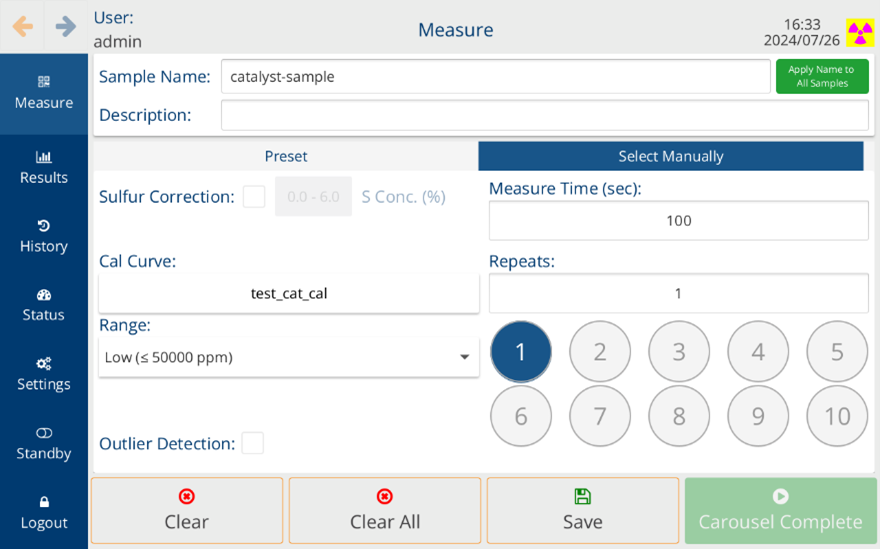
Figure 3: Clora R Series Measure Screen
To understand how the buffer feature works in relation to calibration and how to set up a catalyst calibration, please refer to the next section.
Terminology Standard ASTM D4175 defines calibration as a process by which the relationship between signal intensity and elemental concentration is determined for a specific element analysis. Calibration is essential for getting accurate data. Recognizing its importance, R Series analyzers offer multiple calibration options:
Note: Catalyst calibrations on Clora R Series can be automatic or manual.
For both Automatic and Manual calibration types there are two ranges available:
Despite the instrument’s capability to measure ±15% out of the calibration range (see bracketing section for details), for best results and method compliance, it is not recommended to force measurements outside the calibration range.
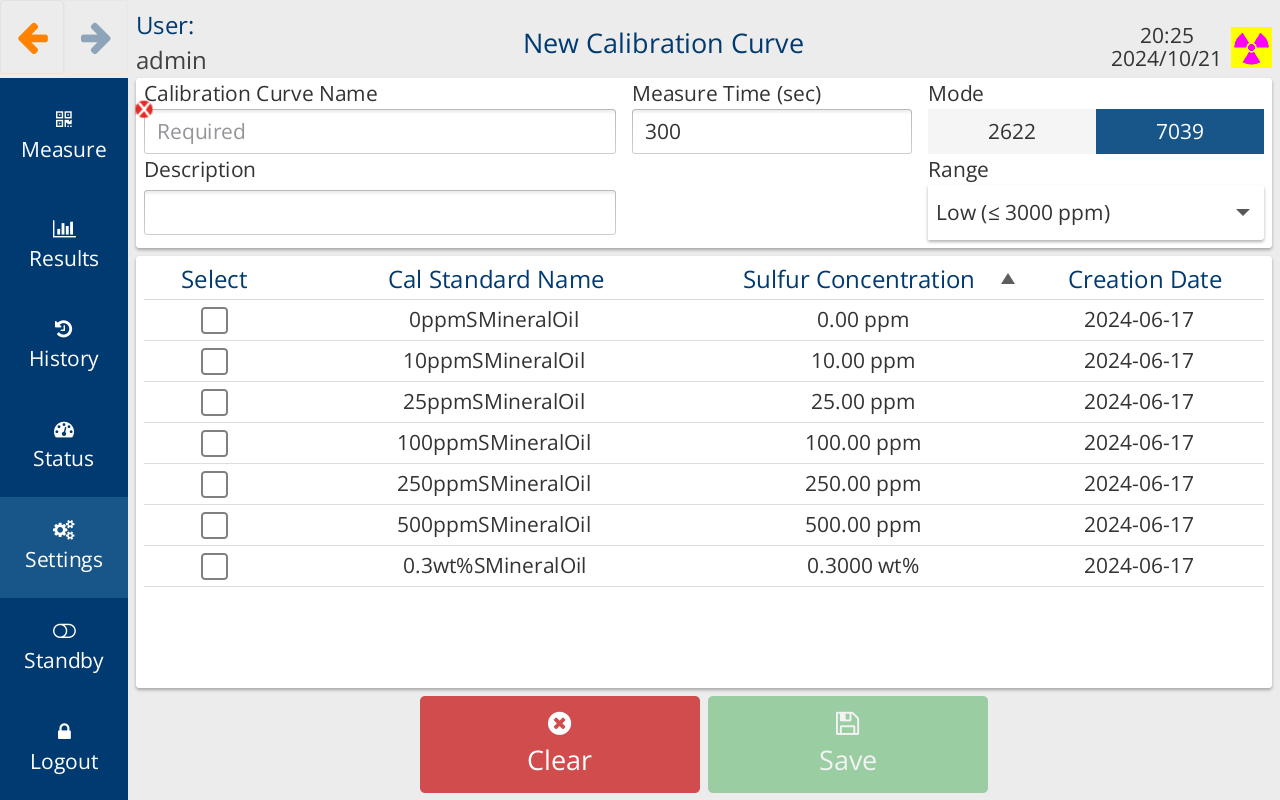
Figure 4: Clora R Series Automatic Calibration Screen
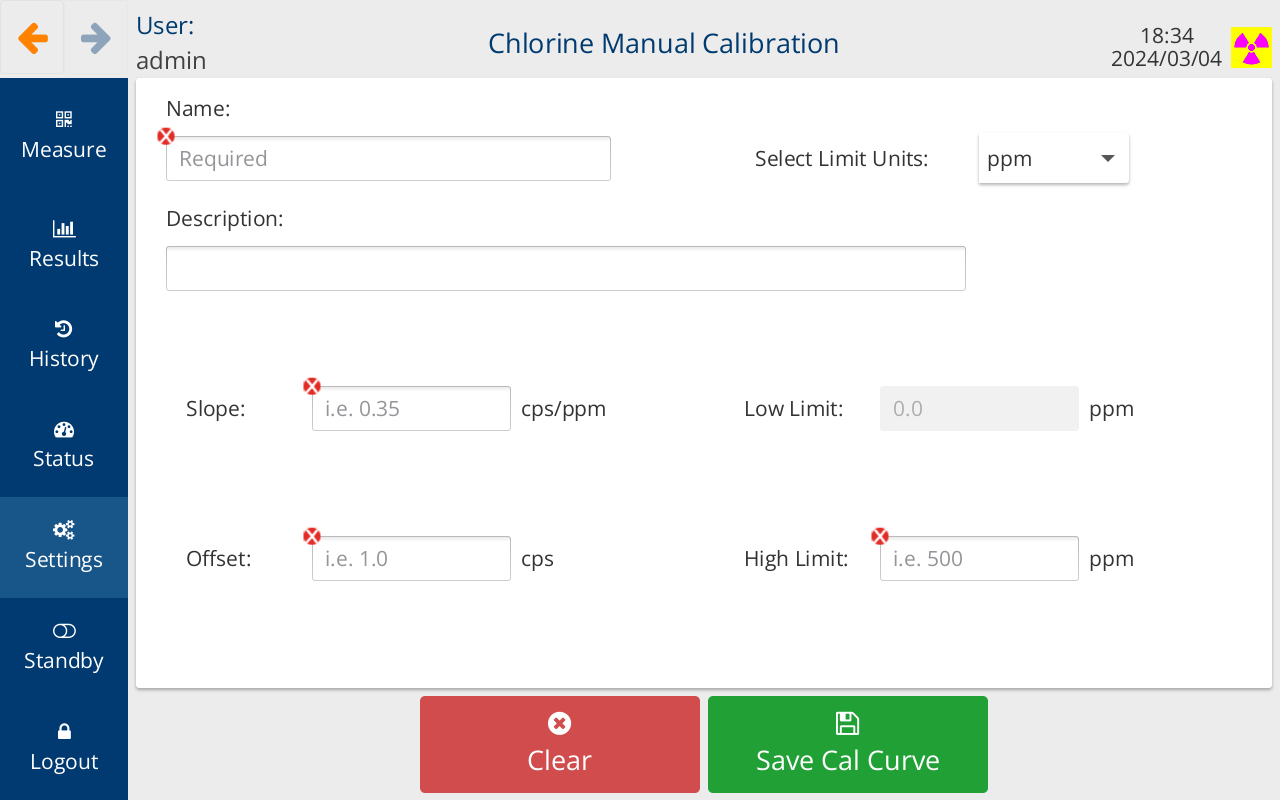
Figure 5: Clora R Series Manual Calibration Screen
XOS continues to prioritize operational efficiency and user satisfaction in numerous ways, including developing advanced features and providing users with the support they need. The addition of the catalyst feature to the Clora R Series, driven by customer feedback, exemplifies a commitment to continuous improvement.
The 4.1.2 patch enhances functionality and flexibility by allowing users to turn the buffer ON or OFF for all R Series analyzers. When the buffer is turned OFF, it allows reporting measurement results that are outside the calibration range. When the buffer is turned ON, it enforces bracketing in calibration with a ±15% buffer for high-range calibration and a +15% buffer for low-range calibration. For example, for a 0-500 ppm calibration curve, the instrument can report measurements within 0-575 ppm; however, as outlined in various methods, bracketing is essential, and it is not recommended to run measurements outside the calibration range.
To learn more, get in touch with one of our experts.

*R Series analyzers shipped after September 2024 include the new features from this patch release. R Series instruments shipped before this can be upgraded, please contact XOS Technical Support for pricing and details.
The Clora R ® compact analyzer measures total chlorine in hydrocarbons such as aromatics, distillates, heavy fuels, crude oils, and water. This state-of-the-art technology complies with ASTM D7536 and D4929C and delivers unparalleled accuracy and precision for petroleum and petrochemical applications where simple, quick, and reliable analysis is critical.
Clora R is available in single cup, Autosampler, and Accu-flow versions.
